- 10-year lifespan
- 120-pound weight limit
- Shock absorbent foam device
- Luxury Italian fabric
- Lightweight 9-pound design
- Compatible with a selection of strollers
Bottom Line: Graco 4Ever is Reliable from Cradle to Classroom
When buying a car seat, safety is the priority. But did you know every car seat on the market has already been tested and proven safe? Some seats just add extra features or make installation easier. In our search for car seats, we looked at things like steel-reinforcement, seat size, ease of installation, lifespan, and weight range.
The car seat we found with all the best of those features is the Graco 4Ever. With a 10-year lifespan and convertible positions, it’s the one-time purchase that can protect your kids from the first day home to the first day of school. It has a steel-reinforced frame, side-impact protection, and five-point restraints, and it can hold babies as small as four pounds or children up to 120 pounds.
The 4Ever has some impressive customer reviews too. Parents love the convertible feature that allows you to transform this car seat from a rear-facing seat for babies to a backless booster for big kids. Best of all, it’s easy to adjust and move between cars, and it matches several models of compatible strollers.
Here are the Top Six Car Seats for 2020
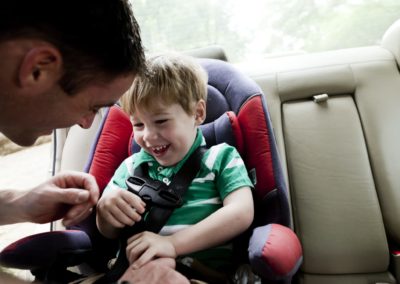
Compare The Best Car Seats of 2020
| Price |
| Weight Range |
| Maximum Height |
| Expiration Date |
| Steel Reinforced |
| Cupholders |
| Learn More |
| Graco 4Ever 4-in-1 | Peg-Pérego Primo Viaggio: | Chicco KeyFit | Graco SnugRide | UPPAbaby MESA |
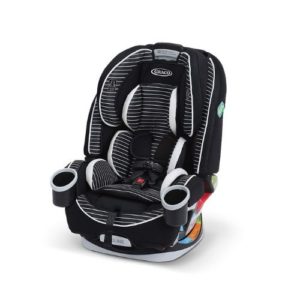 |
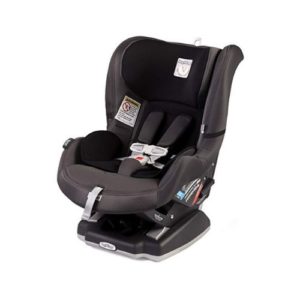 |
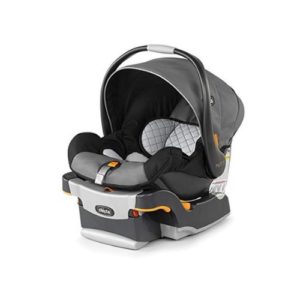 |
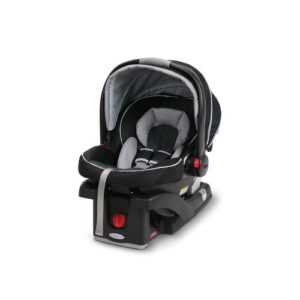 |
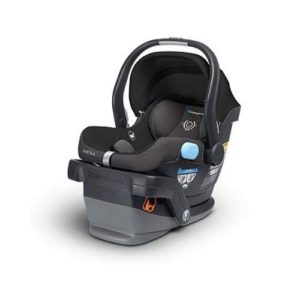 |
| $299.99 | $349.99 | $150.61 | $134.03 | $299.99 |
| 4–120 lb. | 5–65 lb. | 4–30 lb. | 4–35 lb. | 4–35 lb. |
| 57 in. | 49 in. | 30 in. | 32 in. | 32 in. |
| 10 years | 7 years | 6 years | 7 years | 7 years |
| Yes | Yes | No | No | No |
| Yes | Purchase separately | No | No | No |
| View on Amazon | View on Amazon | View on Amazon | View on Amazon | View on Amazon |
Info current as of 04/30/20 12:00 p.m. MST. Offers and availability subject to change. See full disclaimer.
Looking for booster seats? Check out our review of the top booster seats on the market.
Best Car Seat Reviews
Graco 4Ever: Best Overall
The Graco 4Ever isn’t just practical, it’s safe and easy to install. It has a five-point harness and steel-reinforced frame to keep your kiddo safe and comfortable. We found multiple reviews from real customers claiming their child survived accidents without a scratch thanks to this Graco seat.
Proper installation is essential to your child’s safety in a car seat. Thankfully, this seat is easy to install in any position. The color-coded stickers on the base make it clear which belt to use. The Graco 4Ever can use your car’s LATCH system, adult seat belts, or both.
The Graco 4Ever convertible car seat is pricey, but it’s a one-time payment for four stages of car seats. We were most impressed by its weight range (4–120 pounds) and its ability to shift between rear-facing, front-facing, high-backed booster, and backless booster seat positions.
Top that off with a 10-year lifespan, and this may be the only car seat your child needs until they fit an adult seat belt.
Pros
- 10-year lifespan
- Weight range capacity 4 - 120 lb.
- Steel reinforcement for added safety
- Machine washable cushions
Cons
- Not compatible with strollers
- Steep price
Peg-Pérego Primo Viaggio: Luxury Pick
Chic, sleek, and safe, the Peg-Pérego Primo Viaggio is the Italian sports car of car seats. It’s fashionable, but also has several unique safety features other car seats skipped.
This car seat has adjustable side-impact protection, a contoured steel back plate, and expanded polystyrene to absorb energy in a crash. It’s also got a shock-absorbing foam element (SAFE)—a crumpling device under the seat that absorbs force in a crash.
All of this is lined in machine washable jersey fabric to keep your little ones comfy during long rides, hot summers, and cold winters.
The American Academy of Pediatrics recommends children use rear-facing seats until they reach the weight limit of 40 pounds. 1 The Primo Viaggio follows this closely and allows children up to 45 pounds to fit in the rear-facing position. After, they can ride in the front-facing position until they reach 65 pounds. This should suit your kiddos for the seat’s entire seven-year lifespan.
If you’re willing to drop a bit of cash on a high-quality car seat that will last for years, the Primo Viaggio is a safe and stylish choice.
Pros
- Reversible rear-facing and forward-facing options
- Energy-absorbing foam and crumpling device
- Luxurious, machine-washable upholstery
Cons
- Steep price tag
- No level indicator
- No built-in cupholder
Chicco KeyFit: Best Infant Car Seat
The Chicco KeyFit is a popular choice with parents and critics alike for how easily it clicks into the base and compatible strollers. It’s a light nine pounds, so it’s easy to transport baby from one car to another.
It’s easy to install in your back seat too. The base secures by LATCH or the adult seat belt in the back seat. Once the base is stable and level, just click the seat into the base and secure baby in. The easy pull straps and five-point restraint system keeps your infant snug and secure for the whole ride.
It’s a great choice for infants, but with a max height of 30 inches and max weight of 30 pounds, your baby might outgrow it quickly. It has a six-year lifespan, so you can reuse it if you have a new baby in the family after your toddler outgrows the KeyFit.
Pros
- Easily transferrable from stroller to car
- Compatible with a fleet of strollers
- Ultra light
Cons
- Suitable only for infants
- Not steel reinforced
Other Car Seats to Consider
Graco SnugRide 35: Best for Traveling
Busy families on the go shouldn’t be tied down by bulky car seats. If you plan to travel with your baby often, the Graco SnugRide is safe on the ground and in the air. It’s easy to move from stroller to car seat base and is Federal Aviation Admission (FAA) approved.
While your child may outgrow its 35-pound weight limit in a couple of years, it’s reasonably priced for the life you get out of it.
UPPABaby MESA: Spill-proof Pick
If you want a safe car seat with a few extra features, the UPPABaby MESA is a good place to start. It has a canopy, machine washable cushions, and compatible strollers for when you head to the park or zoo. We really like the stain-resistant fabric that repels liquids like milk, juice, and inevitable accidents.
It also has a tightness indicator on the strap and pockets on the side to tuck the buckles in while you settle baby in. All this comes with a steep price tag for a baby car seat, but it’s one small way to make parenting a little easier.
Things to Consider Before You Buy
According to a 2016 report from the NHTSA, 49% of car seats and booster seats are used improperly.2 To us, that means the best car seat isn’t just safe, it’s easy to install. Seats with fool-proof installation will be less likely to malfunction or fail no matter how many other features they have.
Your child should also fit within the car seat’s weight and height requirements for the best installation and safety results.
You’ll also want to look at lifespan. Car seats typically expire in about six to ten years. This is long enough for your child to outgrow their car seat or grow into their adult seat belt in time to pass down to a sibling.
FAQs
How do I clean and disinfect a car seat?
Follow the Center for Disease Control’s guidelines 5 for both cleaning (removing germs, dirt, and impurities) and disinfecting (using chemicals to kill germs on surfaces). Use disposable gloves.
- Remove the car seat. Shake it upside down and vacuum to remove all crumbs.
- Check your manual for which parts can be removed or machine-washed. Don’t machine-wash the harness.
- If machine-washing is off limits, scrub cloth surfaces with detergent or warm soap and water. Don’t use bleach. Avoid soaking materials enough to risk mold or rust.
- Wipe all plastic and metal surfaces with disinfecting wipes.
- Clean the straps and buckle with warm water and gentle soap. Avoid vigorous scrubbing or harsh chemicals, as both can compromise strap strength.
- Air dry all pieces of the car seat completely before reinstalling it in your car.
How do I know if I’ve installed the car seat correctly?
Each car seat attaches to your car differently, so it’s essential that you read all the instructions along with your vehicle’s manual. These manuals can make installation and adjusting the car seat easier for you and safer for your little one. You can also find important information like safety specs, compatibility with airline seats, and more. See “The 5 Keys to Car Seat Safety” illustration below.
If you need some help or just want confirmation you’ve installed the car seat correctly, you can take it to your local fire or police department to get help from a certified Child Passenger Safety technician. If there are no CPSs at your local emergency center, you can check the CPS registry to find one near you.
How long should my child ride in a rear-facing seat?
The American Academy of Pediatrics suggests children ride in a rear-facing seat as long as possible.3 Most rear-facing car seats have a weight range up to 40 pounds and allow your kiddo to ride in this position until they’re roughly two years old.
What is the LATCH system?
The Lower Anchors and Tethers for Children, or LATCH system, is designed to make car seats easier to install and more compatible with vehicles. Since 2003, all vehicles have been required to provide lower anchors in and on the back seats making it easier to attach strong clips from the car seat. It’s an easier alternative to threading seat belts through the frame of your child’s car seat.
Can I take my car seat on an airplane?
Most infant car seats are compatible with FAA standards, but it’s best to check your manual. Once you convert a car seat into a booster seat you may not be able to take it on an airplane since these seats need a cross-body belt to function properly.
How We Picked the Best Car Seats
Your children’s safety is important to us, so we worked hard to come to these results. We started by surveying over 50 parents about safety, convenience, price, and common features in car seats. This helped us align our priorities with those of many parents and caregivers.
Once we had all the data we needed, we compared top product lists with the features parents want most. The best car seats matched parents’ priorities and got high marks on professional reviews. From there, we compared features, read user reviews, and reviewed NHTSA standards4 for car seats. Find out more about how we review in our full methodology.
Sources
1. American Academy of Pediatrics, “AAP Updates Recommendations on Car Seats for Children”
2. NHTSA, “Youth Facts Book”
3. American Academy of Pediatrics, “AAP Updates Recommendations on Car Seats for Children”
4. NHTSA, “Car Seats and Booster Seats”
5. Centers for Disease Control and Prevention, “Interim Recommendations for US Households with Suspected/Confirmed Coronavirus Disease 2019“
Car Crash Stats: States with the Highest (and Lowest) Child Fatality Rates
In 2017, vehicle crashes involving children happened every 32 seconds.1 While safe driving can certainly help prevent events like these, a properly installed child safety seat can reduce fatal injuries by 71% for infants and 54% for toddlers in standard passenger cars.2
Reports from the National Highway Traffic Safety Administration (NHTSA) revealed which states had the most (and fewest) child fatalities in vehicle crashes between 2013 and 2017. In honor of Child Passenger Safety Week, we took a close look at how you can prevent these incidences with the right car seat.
According to the Fatality Analysis Reporting System database from the NHTSA, fatal car crashes involving children (ages 0 to 9) happened most (and least) frequently in these 10 states. The numbers shown are representative of every 100,000 children in each state. For example, for every 100,000 children in Wyoming, 6.44 were killed in a motor vehicle crash.
Findings
During our research, we examined a variety of sources including reports from the NHTSA from 2013 to 2017, state laws on child safety, and pediatric recommendations for the best safety practices for children up to 13 years old. While we didn’t find a direct correlation between lax state laws and traffic deaths, there were a few interesting findings worth mentioning.
- For every 100,000 children nationwide, 2.1 children died in a car crash between 2013 and 2017. Overall, there were 3,704 deaths.
- In three years, Wyoming saw a 44% decrease in child traffic deaths. From 9.1 car crash deaths per 100,000 children in 2014 to 5.1 in 2017.
- There was a 213% increase in child car crash deaths in New Mexico between 2015 and 2017. From 3.2 car crash deaths per 100,000 children in 2015 to 10 in 2017.
- Oklahoma’s fatality rate is nearly twice the national average at 4 deaths per 100,000.
- In Arizona, only one child needs to be restrained in vehicles where there’s not enough room for restraints for every child.
- Idaho allows children to ride out of their safety seat if held by an attendant for “nursing or to meet another immediate physiological need.”
- Fatal vehicle accidents involving children have decreased by 58% since 1975.3
No matter where you live, we recommend following the proven safety standards like those set by the American Academy of Pediatrics.
How to Keep Children Safe
The best way to prevent traffic fatalities is to drive safely and use the right safety restraint for your kids. The correct seat for your child will depend on their height, weight, and age. The best car seats are comfortable for your kids and easy for you to install.
Always read the instructions before installing your child’s car seat for the first time.
Always check to make sure your kids are secured tightly before every ride. The car seat shouldn’t move more than 1 inch from side to side.
Always register new child safety seats with the manufacturer. This will keep you updated on recalls and important brand news.
Always match car seat harnesses to their designated slots as shown in your car seat’s manual.
Always use the top tether when securing a front-facing car seat.
Always buckle up with your kids. It sets a good example and keeps you safe too.
Never let your kids ride in the car without a safety restraint.
Never let your kids ride in another vehicle without the right safety restraints.
Never secure a rear-facing car seat in the front passenger seat.
Never buckle in your child while they’re wearing a bulky coat or outerwear. You can use the coat as a blanket or throw, but thick outerwear can make the seat less effective.
Never let kids under 13 ride in the front seat. Avoid letting them ride in vehicles with no back seat or active front-seat passenger airbags.
Never use an expired, recalled, or damaged car seat.
Information pulled from Mayo Clinic’s car seat recommendations.
If you have a car seat in your vehicle, visit a Certified Child Passenger Safety Technician in your community to double-check that it’s properly installed. Find a car seat inspection station in your area or learn how to become a licensed car seat technician.
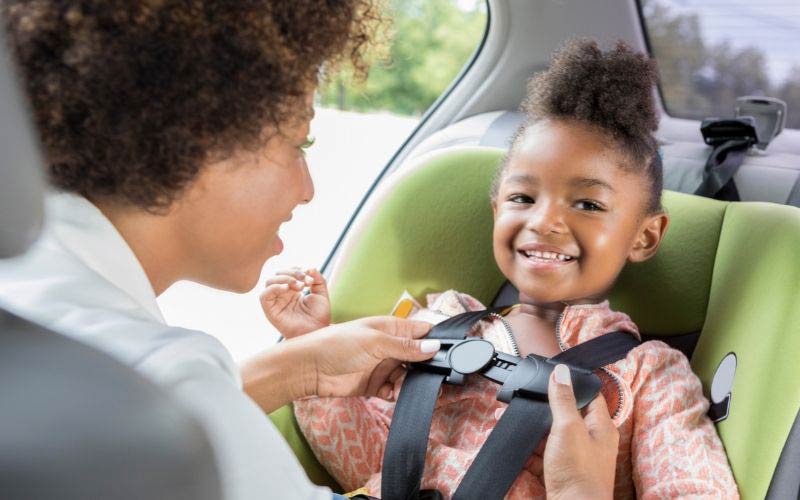
Types of Child Safety Restraints
As your little ones grow up, they need a car seat that fits them correctly. There are convertible car seats that shift and change with your child’s growth stages, or you can purchase a new car seat for every phase. Either way, the car seat needs to be easy to install and hold your child securely. No matter what stage your child is at, the best car seat is a properly installed car seat. Follow this guide from the NHTSA to know when to transition to the next car seat for your child.
Infants to 3 years old: Babies and toddlers need to sit in a rear-facing seat until they reach the weight limit on the car seat. You can find convertible car seats that fit from infancy to 3 years old. Infant car seats have a shorter life span, fitting babies up to 12 months, while convertible models can fit older children up to 35 pounds (depending on the car seat model).
4 to 7 years old: Once your child reaches preschool age, they can typically sit in a forward-facing car seat. These seats generally fit kids from 40 to 60 pounds. When installing these seats, it’s especially important to fasten the top tether of your car seat to the vehicle’s seat. This can reduce head and neck injuries in case of a crash.
8 to 12 years old: This is typically when your child can transition from a forward-facing car seat to a booster seat. Depending on your child’s weight and height, they can use a belt-positioning booster or a backless booster seat. These seats are best for kids between 40 and 80 pounds and up to 4 feet 9 inches. See our recommendations for the best booster seats.
12 years and up: Until your kids are 13, the back seat is the best place for them to sit. Once your kiddos reach 4 feet 9 inches, they are generally big enough to use an adult seat belt in the back seat of your vehicle. This could be the back seat’s lap belt or lap and shoulder belt.
Methodology
The SafeWise team evaluated car crash data from 2013 to 2017 from the National Highway Transportation Safety Administration to determine which states in the country had the highest and lowest numbers of child car crash fatalities per 100,000 children.
Sources
- United States Department of Transportation, “Child Passenger Safety Week”
- National Highway Traffic Safety Administration, “Traffic Safety Facts—Children”
- The Insurance Institute for Highway Safety, “Child Safety”
Amazon.com list price as of 04/30/19 1:00 p.m. MST. Product prices and availability are accurate as of the date/time indicated and are subject to change. Any price and availability information displayed on Amazon at the time of purchase will apply to the purchase of this product. Safewise.com utilizes paid Amazon links.
Certain content that appears on this site comes from Amazon. This content is provided “as is” and is subject to change or removal at any time.
The post Best Car Seats of 2020 appeared first on SafeWise.
from Blog – SafeWise https://www.safewise.com/resources/carseat-buyers-guide/
via Wireless Home Alarms
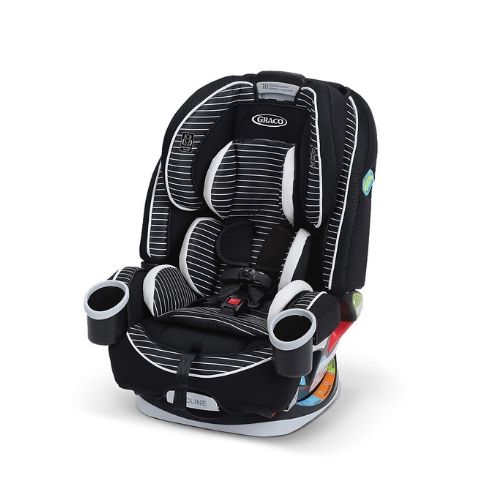
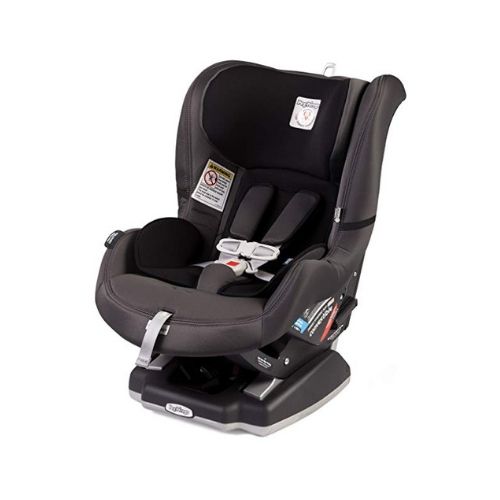
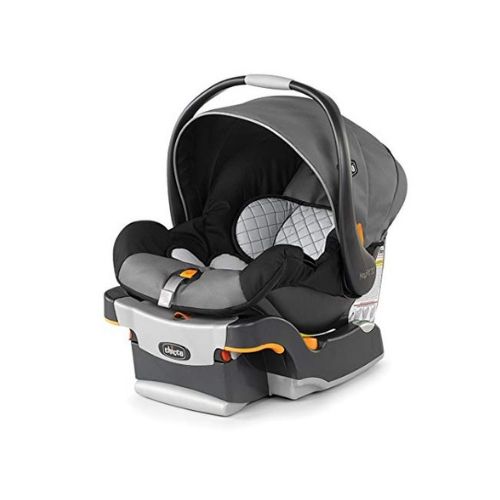
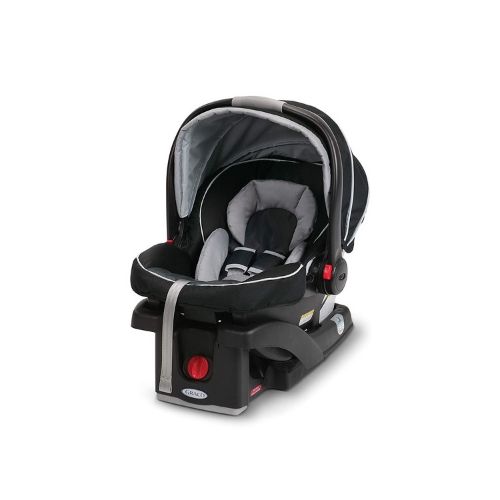
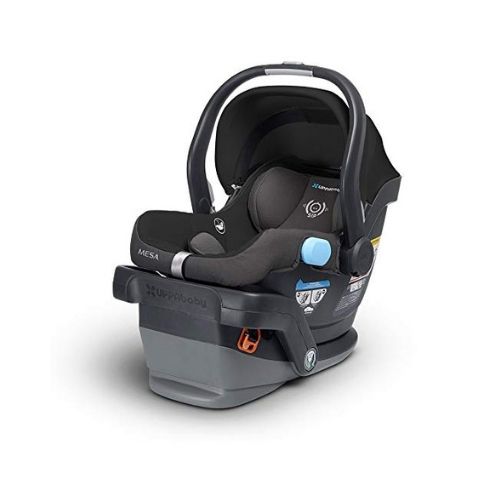
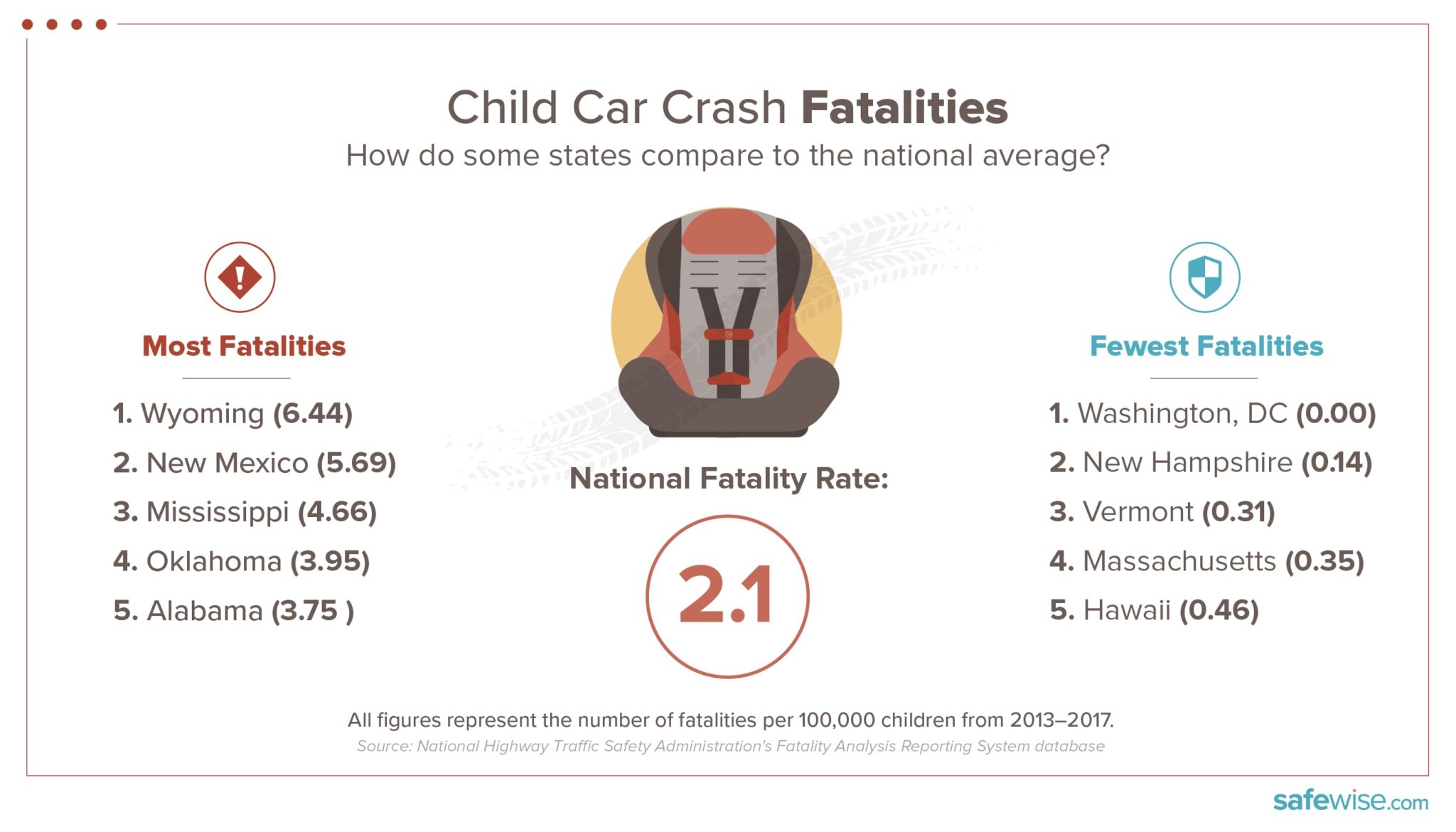
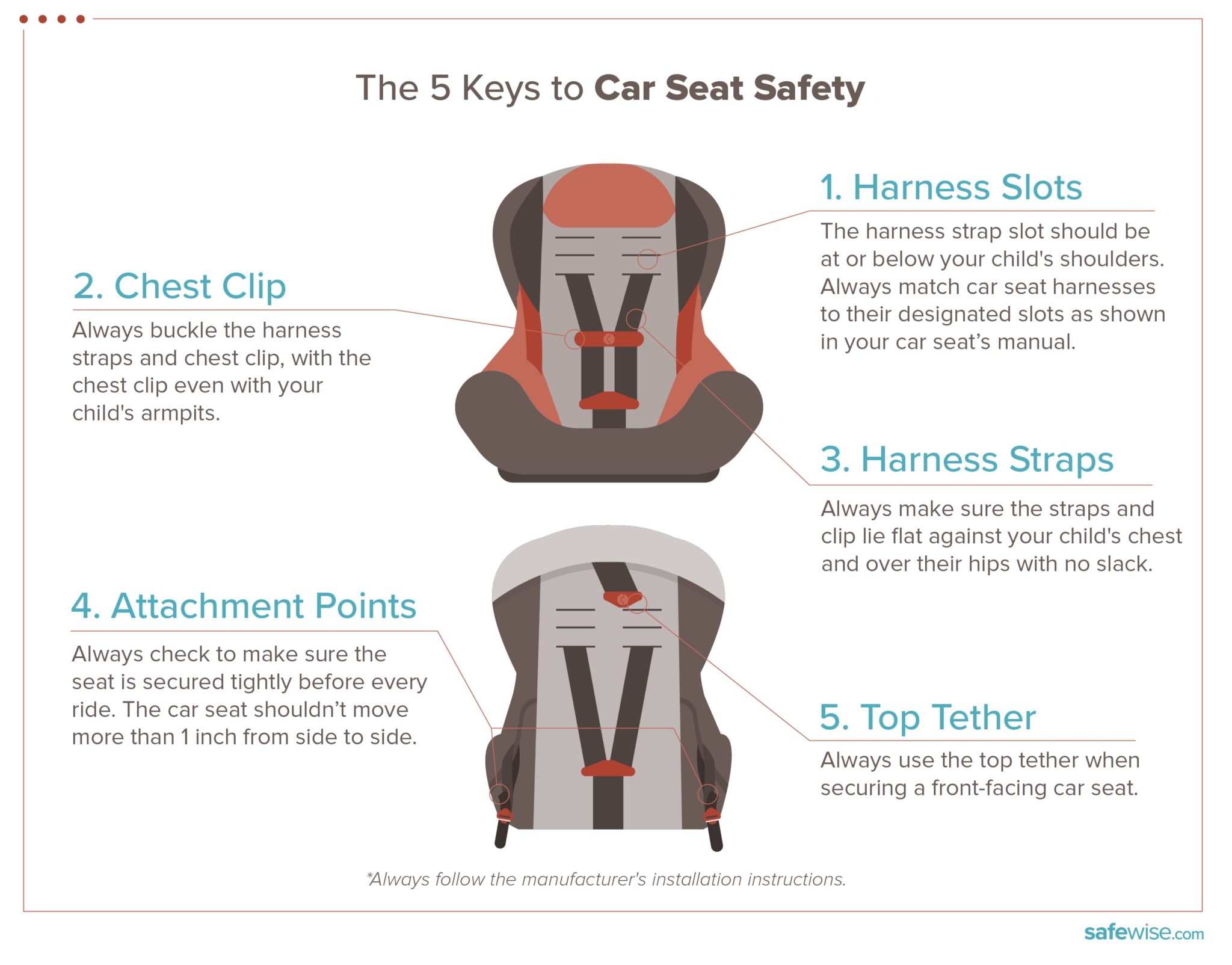
Comments
Post a Comment